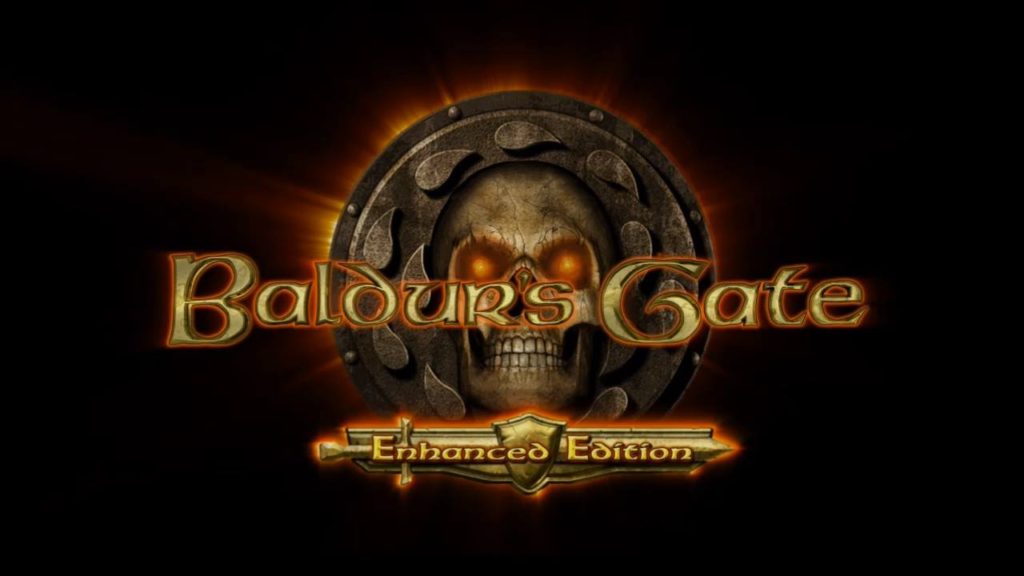
What’s to be said about the Baldur’s Gate series that hasn’t been said before? This was Bioware’s first foray into Advanced Dungeons & Dragons and was the inspiration for several games after from Black Isle Studios, including the Icewind Dale Trilogy and Planescape: Torment, and Bioware’s Neverwinter Nights. Baldur’s Gate and Baldur’s Gate II both take place in the Forgotten Realms, an AD&D world apart from standard rules with special sub-categories. It uses a modified version of 2nd Edition AD&D rules for combat as well. AD&D is currently on 5th Edition, and 2nd Edition is decidedly more complex, but for veteran players is still surprisingly favored.
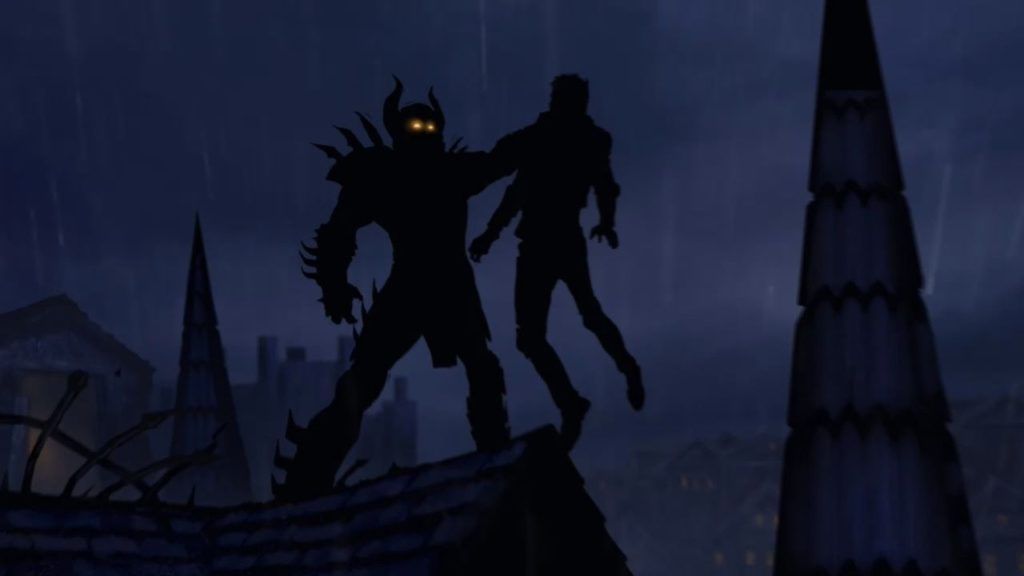
After celebrating 20 years since its release, Baldur’s Gate is still fantastic. The story, the characters, and the ability to make choices that affect the storyline and NPCs have all had a lasting effect on RPG gaming. More recent games like Torment: Tides of Numenera and Pillars of Eternity are clearly insprired by Bioware’s offerings and are wildly popular. But is it worth going back to play Baldur’s Gate Enhanced Edition on the Switch? Let’s find out.
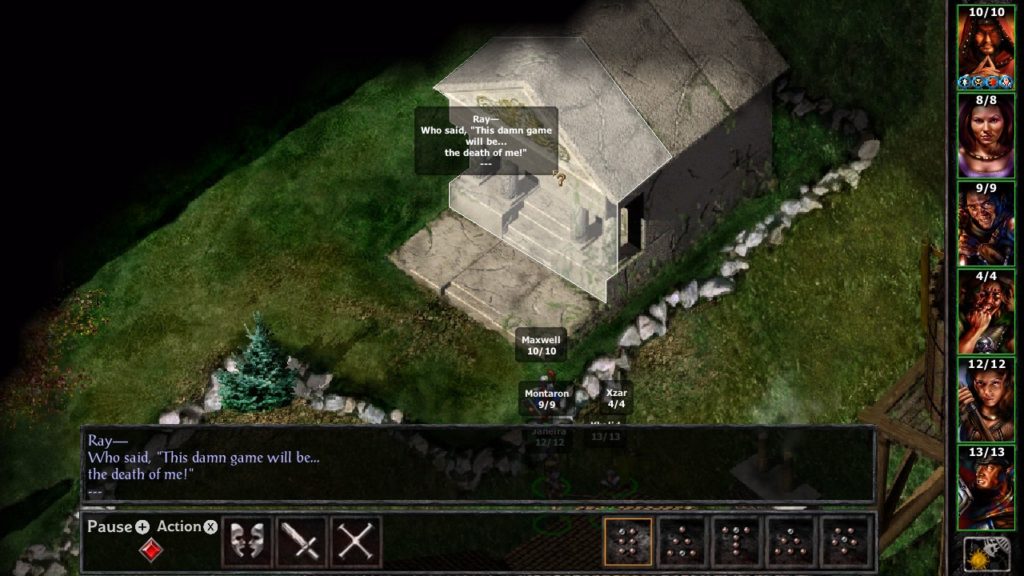
First off, there’s the games themselves. In Baldur’s Gate Enhanced Edition, you get Baldur’s Gate, Baldur’s Gate II, all the expansions, three new playable characters, and a new adventure that bridges the first and second games. It’s a ridiculous amount of content that will likely take you a whopping 200+ hours to fully play through, and that’s if you’re good. Choose a harder difficulty and you’ll take even longer. You really can’t ask for a better package than this. Baldur’s Gate II in particular is a sheer masterpiece, picking up where the first left off and carrying on into a complex and delicious storyline, the likes of which are rarely seen in gaming.
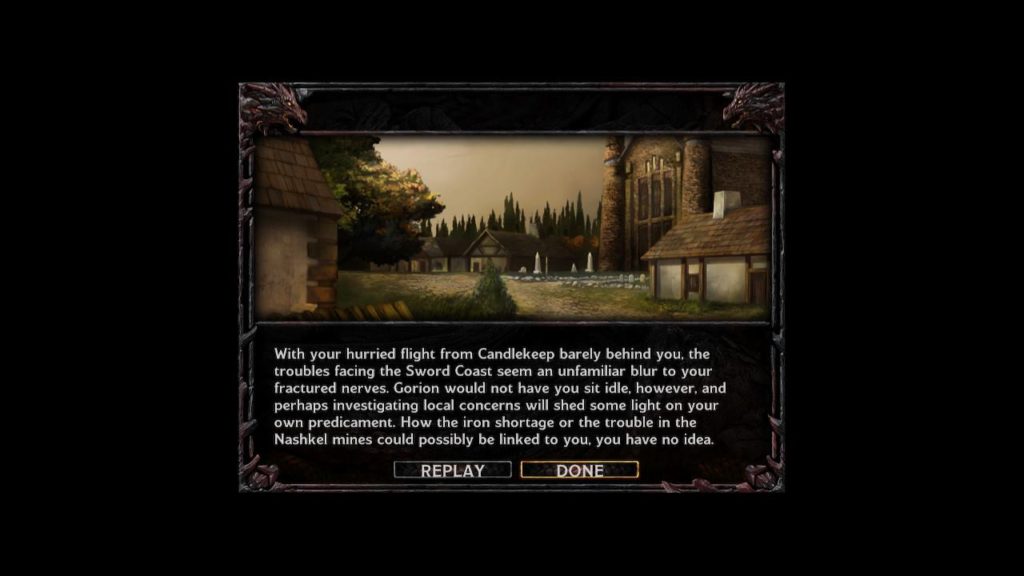
Graphically, however, there’s a lot to be desired here, at least on the Switch. In comparison to the PC Enhanced Edition, it’s not a lot worse, but Baldur’s Gate is, well, fuzzy. This is a 20 year old game, remember, and enhancing the graphics really means making it playable on modern systems, not doing a full graphics overhaul. Zoom in to the scene and characters are blurry and undefined. Text is slightly out of focus and not the easiest to read on the Switch version. You can raise the font size to compensate, a necessity when playing in undocked mode, but it’s still a bit rough. Menus are unaltered, leaving you guessing what the icons do unless you’ve been through the rather lengthy tutorial. It’s jujst not a pretty game. The voice acting, music, and sound effects are all solid, but the visuals definitely could have used some polish and a coat of paint. It simply feels old.
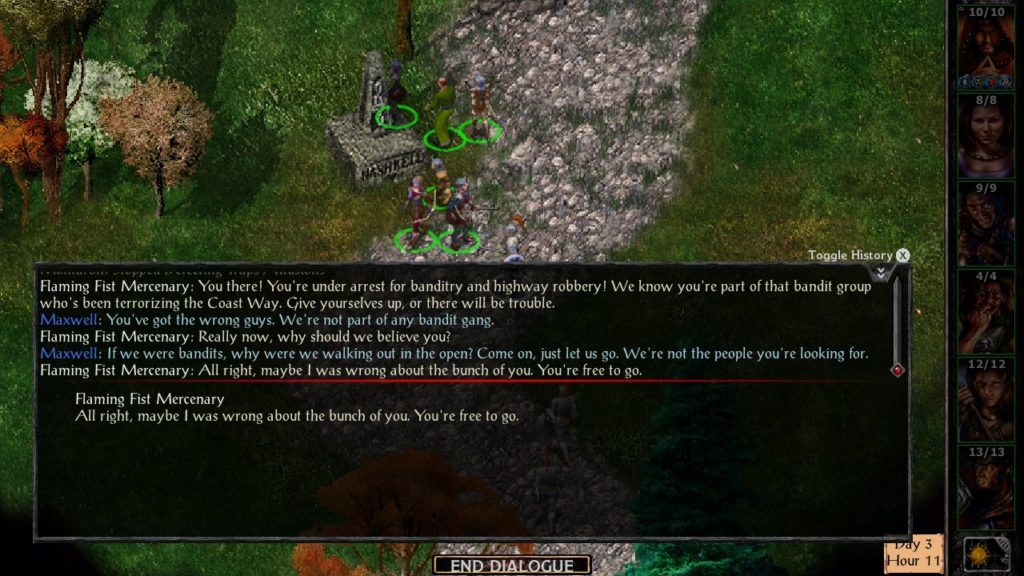
Then there’s the gameplay. Baldur’s Gate Enhanced Edition has been touted as having major improvements for the console versions, namely that you can move your party with the left stick rather than using the cursor (which you have to press Right on the control pad to access) to highlight a spot and move your party. Sounds great, right? Well, it’s not. Sure, you can move around, but then you have to constantly pay attention where you’re walking, running into insurmountable obstacles that you can’t distinguish from the walking paths rather than letting the AI do all the work. Meanwhile, you could be managing menus and dealing with other minutia of the game, but no, you’re walking about. Yippee. This isn’t the only issue with controls either.
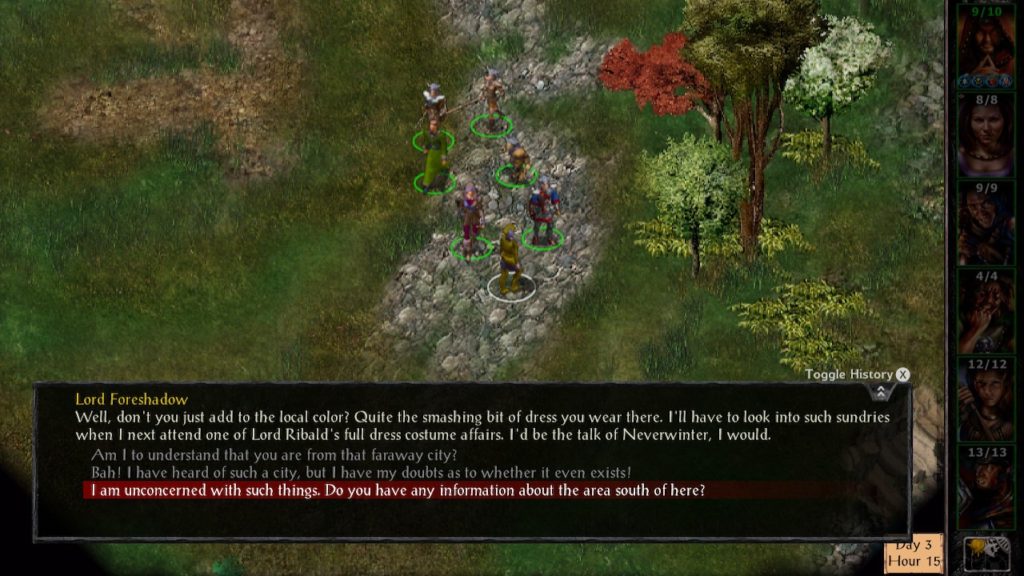
The worst part of Baldur’s Gate Enhanced Edition is the sheer volume of control you’re required to exert over your characters. One would think this would lead naturally into allowing touch control on an undocked Switch, especially since it’s already designed for a mouse and keyboard, but ohhhhh no. Want to select party members. Hold the ZL trigger and use the left stick to highlight which ones you want or make hot selects. Need to skip through characters? You can’t select them on the touchscreen. Instead, use the L and R buttons to move through. God help you if you need to use an ability during combat; you’ll be pressing the X button, highlighting the ability with the left stick, entering the submenu with A then selecting it with A again, all to cast a spell. I hope you paused! You didn’t? Well, you’re dead, since you only have 4 hit points and AD&D is rather unforgiving. All the context menus are complex, obtuse, and not streamlined for consoles.
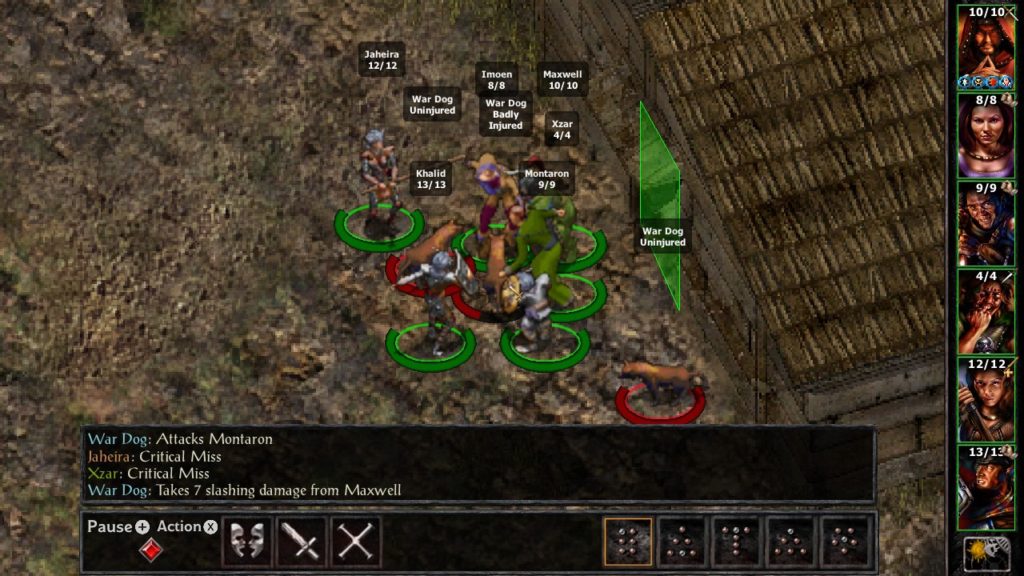
It’s clear that Baldur’s Gate is designed entirely from the ground up for PC gamers and is 20 years old. It’s hard to select characters in battle because they mass together. It’s hard to target enemies because your characters are standing on top of them and their name bubbles obfuscate other characters (if you have them on). It’s even a chore to learn new spells because you have to go into the inventory menu and then press X to see if your character can learn it. And every time combat starts it pauses, forcing you to make your attack selections and reach up to the minus button where you can unpause combat. Need to cast another spell efficiently? Pause combat again. Rarely in a game does one ever used all the buttons on the controller so inefficiently due to design. Even bulk highlighting isn’t available, forcing you to move inventory item by item when one of your characters becomes encumbered, requiring again, the use of the A button plus the ZL and ZR triggers to shift character sheets. It’s quite the learning curve.
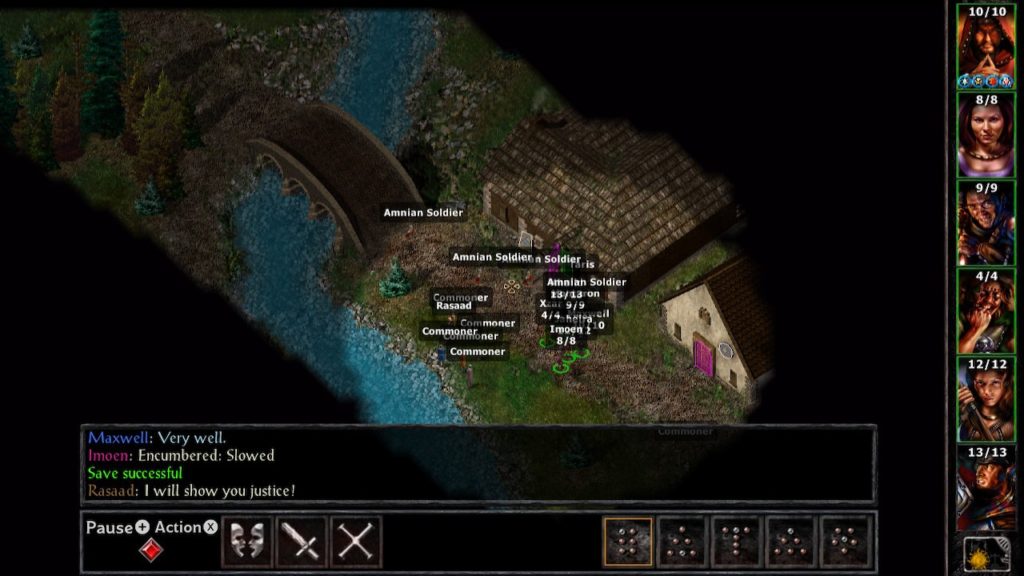
On the other hand, Baldur’s Gate (as well as other Bioware and Black Isle Studios smash hits) has never been available on a console before and certainly not on a portable console like the Switch. The sheer convenience of being able to take Baldur’s Gate Enhanced Edition with you, pause the game with sleep mode on the console, and pick up where you left off is simply fantastic. It streamlines the gameplay in a way that no other version can do and adds a level of functionality unmatched by all other versions.
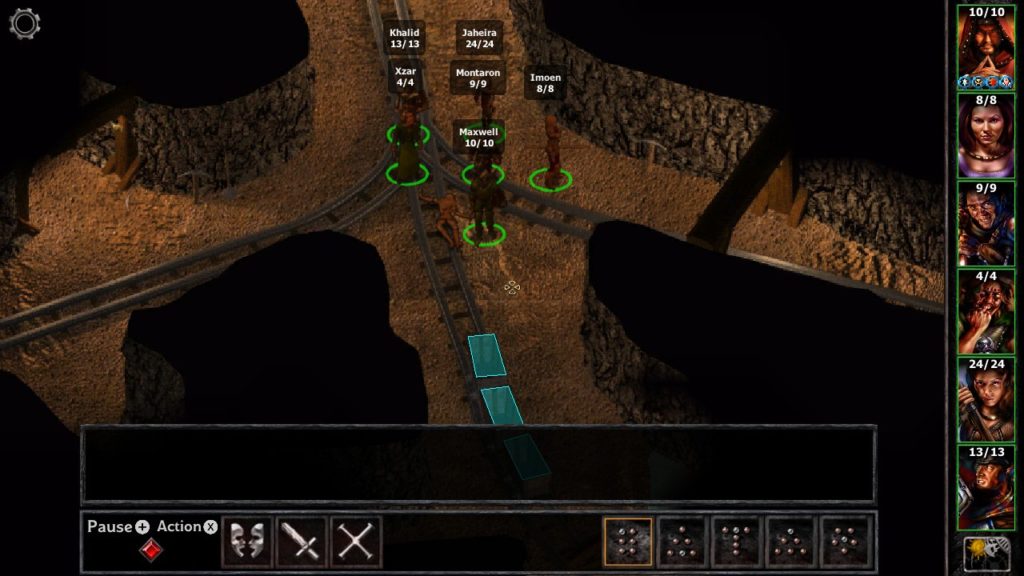
Beamdog has managed to supply a functional conversion of Baldur’s Gate Enhanced Edition to the Switch. Graphically it’s slightly inferior to the PC version of the game, but that’s to be expected. The portability on the Switch adds significant functionality but sadly lacks the touch support that would make this game utterly fantastic. The bridge content and inclusion of the second game is mind-numbingly awesome for a quite reasonable price of $50.00. The controls could definitely be better, but the sheer number of functions required necessitates complex controls and multiple button presses, so there’s no real way around that. As a whole, the package is excellent, the game is fantastic, if a bit dated, and you get more than your money’s worth. Even 20 years later, Baldur’s Gate is a compelling example of what tried and true AD&D storytelling can achieve in a video game and a force to be reckoned with. If you’re not daunted by the complexity and you love a excellent story with a deep combat system and hundreds of hours of gameplay, Baldur’s Gate Enhanced Edition is a welcome offering to the Nintendo Switch.
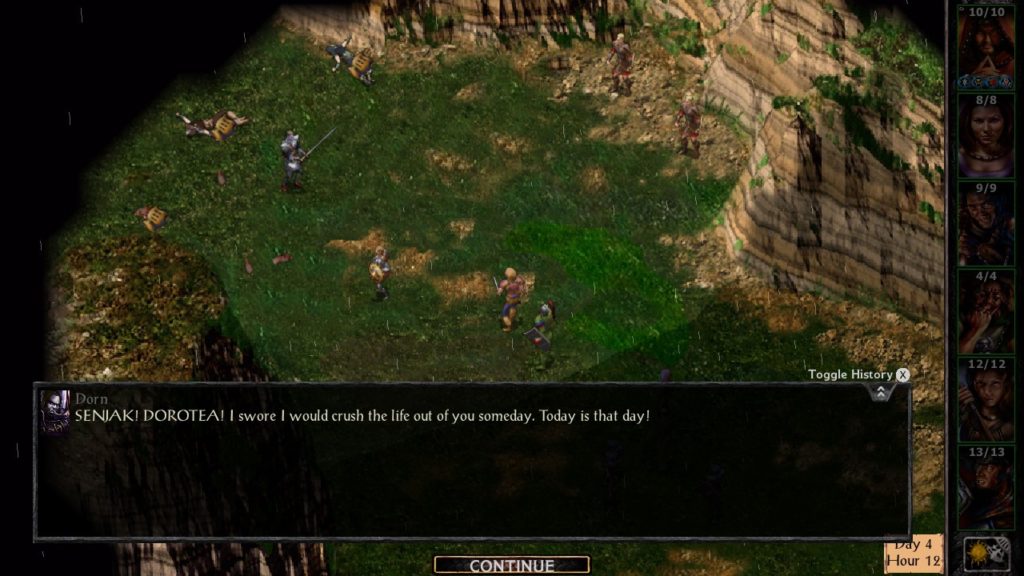
This review is based on a digital copy of Baldur’s Gate provided by the publisher. It was played on a Nintendo Switch in both docked and undocked modes. All screenshots are of actual gameplay. Baldur’s Gate Enhanced Edition is also available for Xbox One, PS4, and PC. You will likely die horribly playing this game because AD&D is simply vicious, unforgiving, and downright awesome, especially Forgotten Realms. Never trust a half-orc. Just don’t.


Regarding the controls, who want to bet that the Switch version isn’t using touch controls so that the devs could use the same control scheme across all game consols, saving up development time? And for playing on the go, the enhanced edition has also been released on Android & iOS.